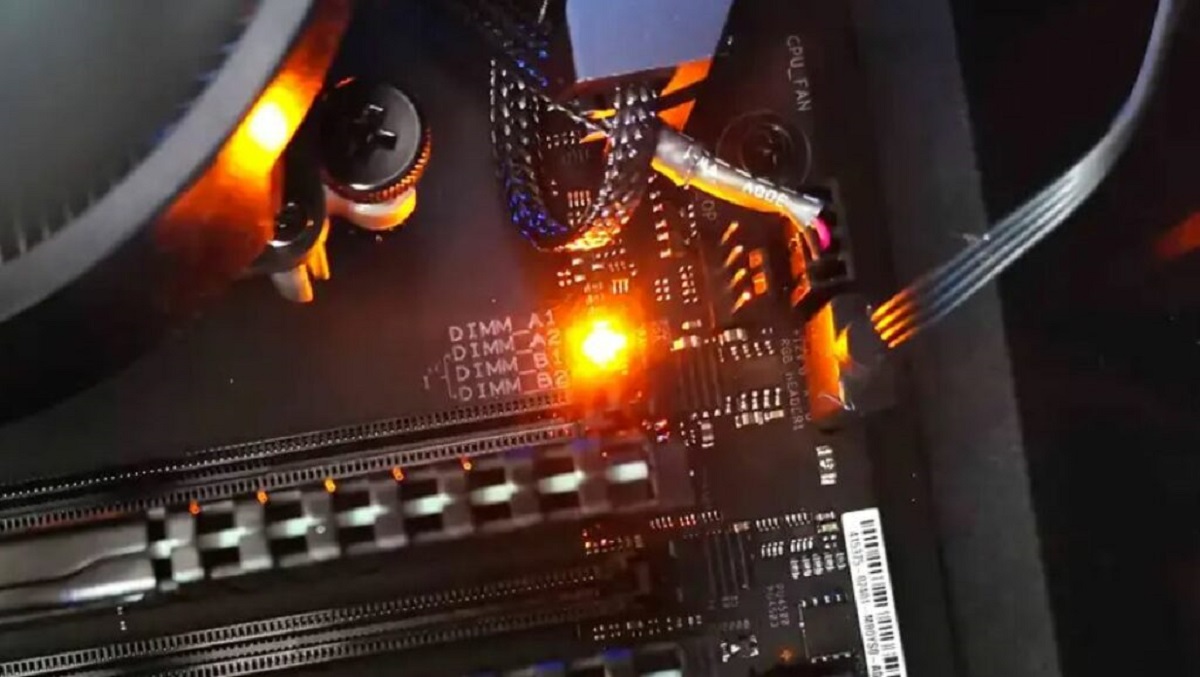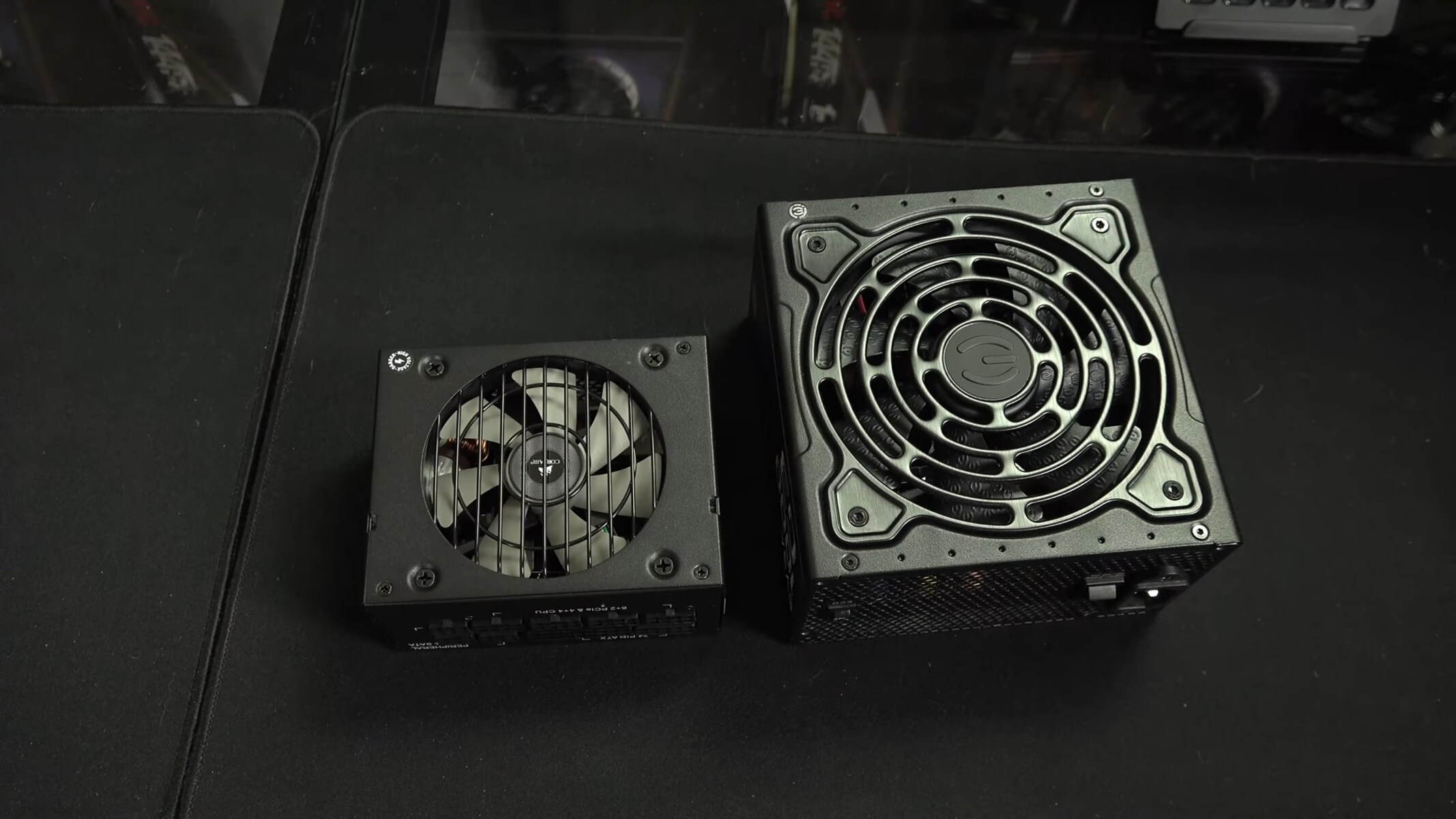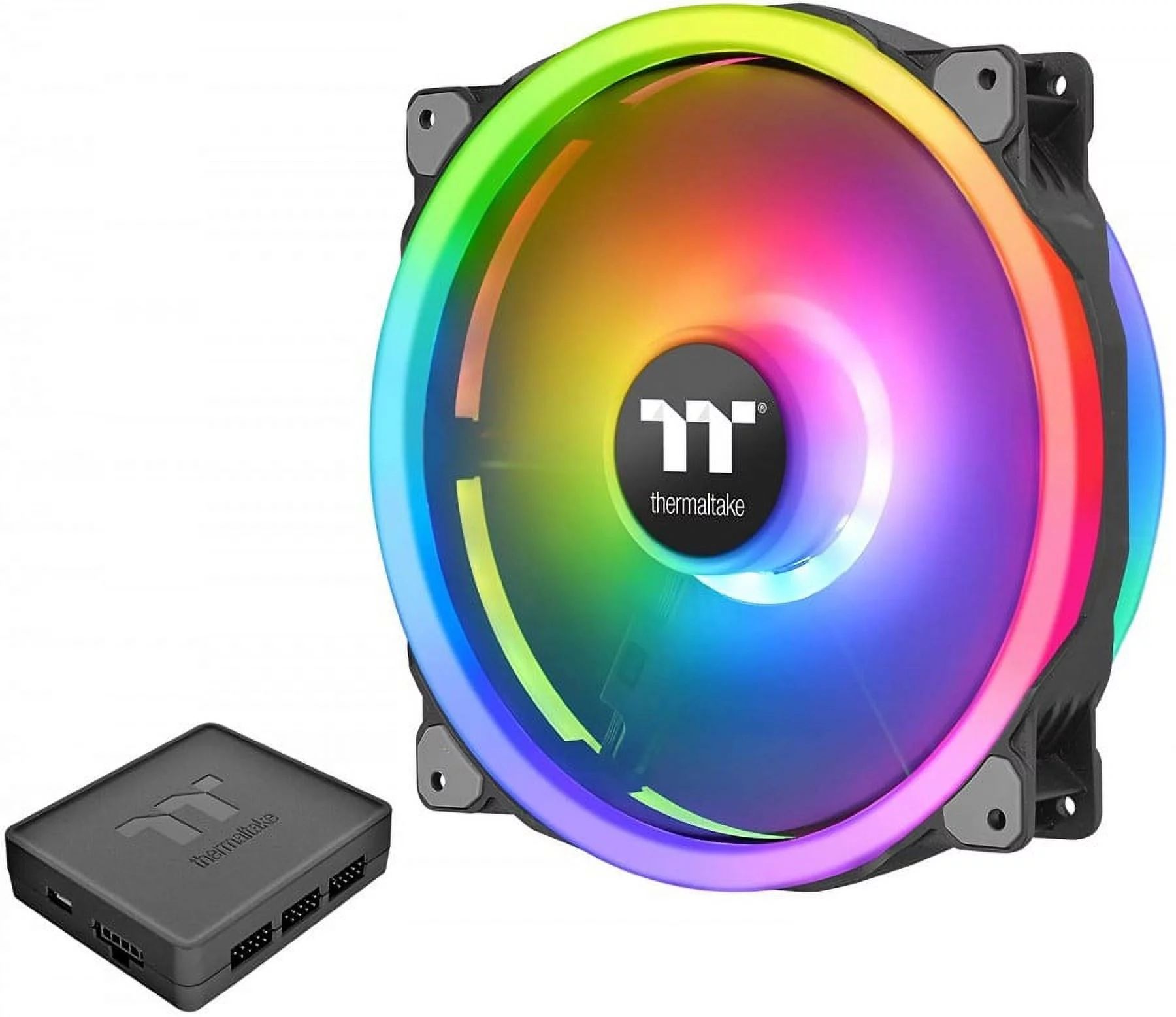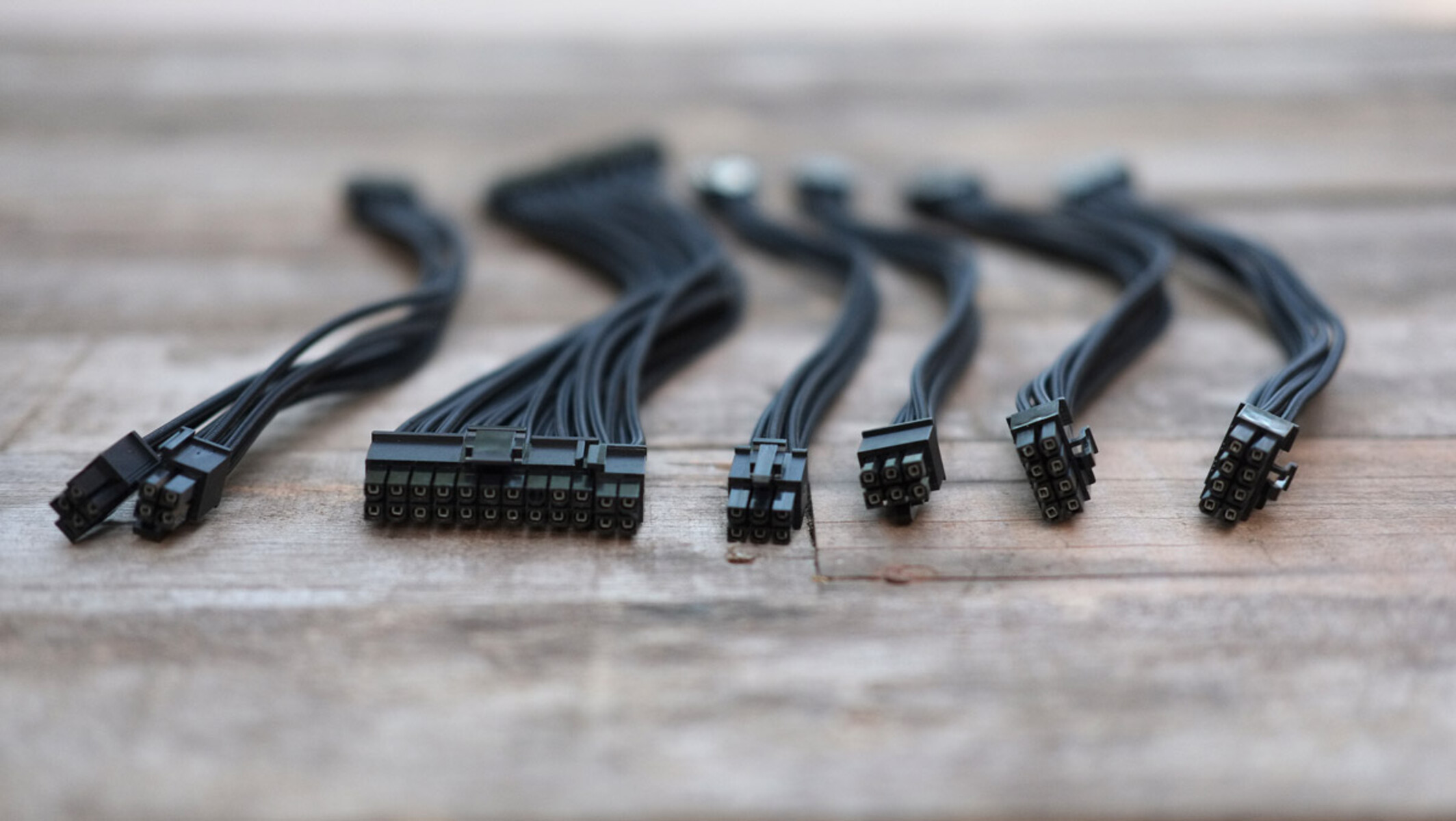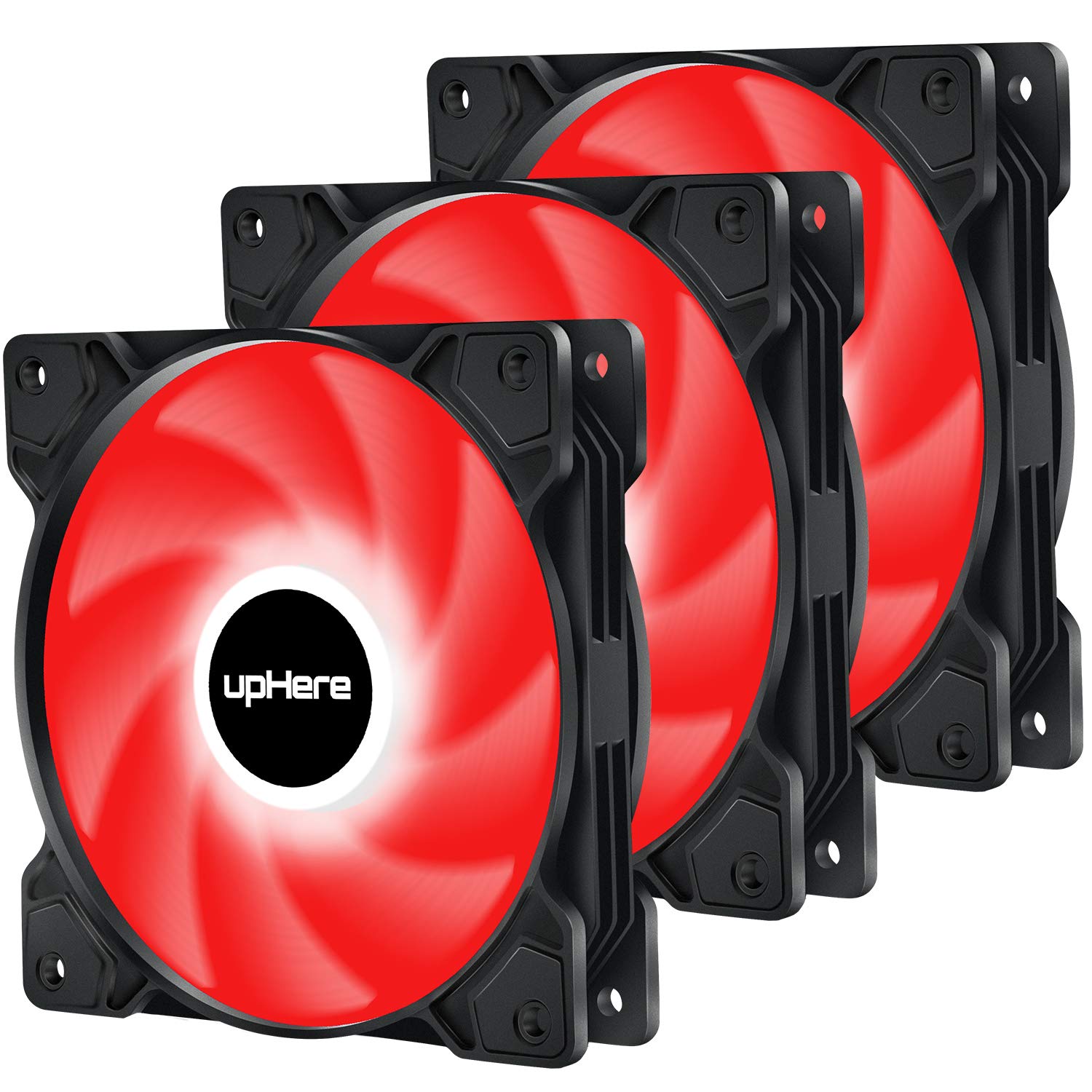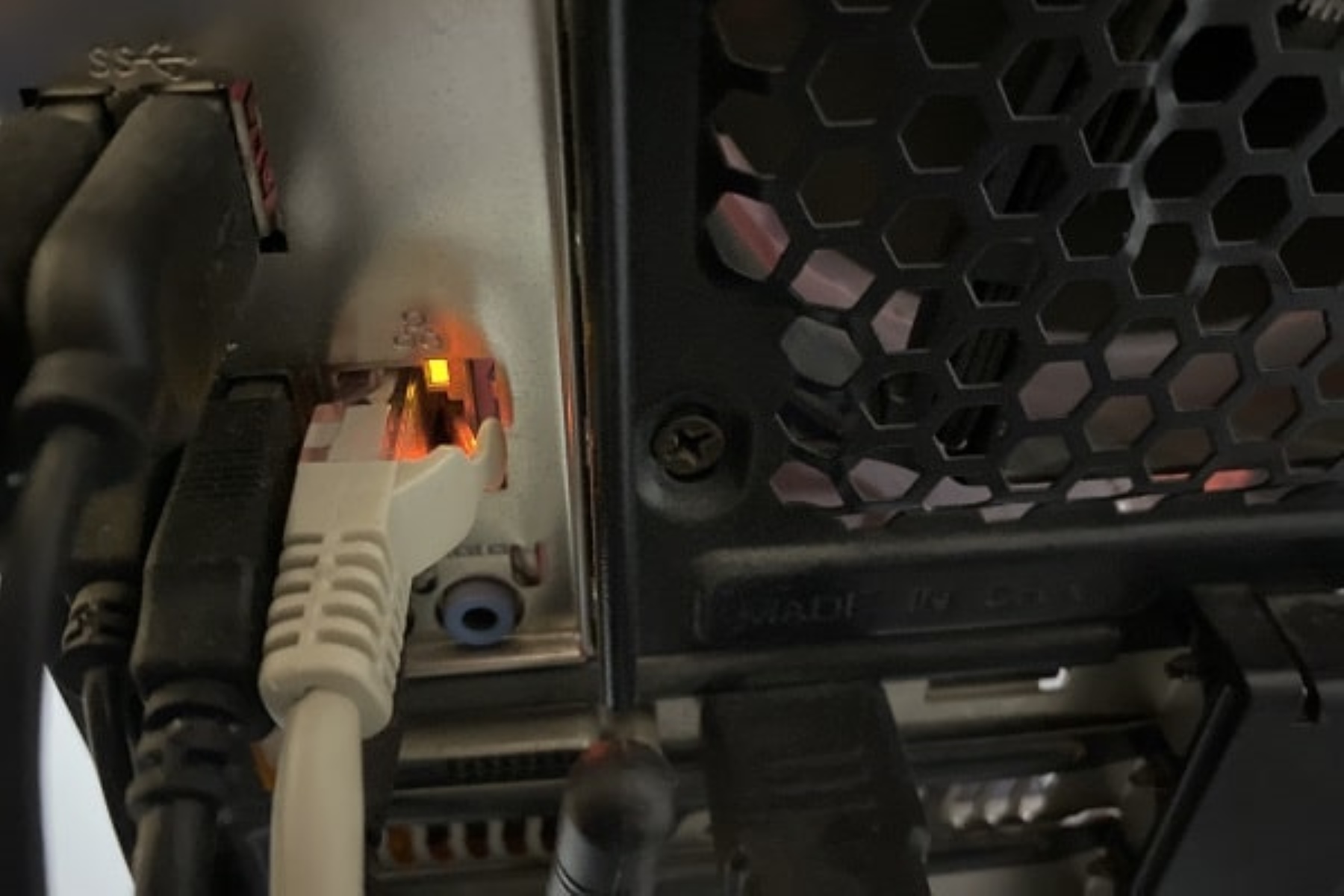Introduction
Welcome to the world of power supply units (PSUs) – the unsung heroes of our electronic devices. While many computer enthusiasts may focus on the performance of processors, graphics cards, and storage drives, the PSU quietly works behind the scenes, providing the necessary power for everything to function smoothly.
But have you ever noticed those small colored lights on the back of your PSU? They can be green, orange, or even a combination of both. What do they mean? Are they indicators of a malfunction or just a design feature?
In this article, we will delve into the world of PSU lights and uncover the meaning behind those green and orange lights. By understanding their purpose, you will gain valuable insights into the health and functionality of your power supply unit.
So, let’s unravel the mystery of the green and orange lights on the back of your PSU, and learn how to troubleshoot any potential issues that may arise.
Understanding PSU
Before we dive into the specifics of PSU lights, let’s first understand what a PSU is and its role in a computer system.
A Power Supply Unit, also known as a PSU, is an essential component of any electronic device that requires electrical power. In the context of a computer, the PSU is responsible for converting the alternating current (AC) from the wall outlet into a direct current (DC) that the computer components can utilize.
The PSU delivers the necessary power to all components of the computer, including the motherboard, CPU, graphics card, storage drives, and other peripherals. It ensures stable and reliable power distribution to keep your system running smoothly.
PSUs come in various wattages, which determine their capacity to deliver power. It’s essential to choose a PSU that can handle the power requirements of your system to prevent underpowering or overloading.
In addition to delivering power, some PSUs are equipped with safety features such as overvoltage protection, short circuit protection, and thermal protection. These features help safeguard your computer components from potential damage caused by electrical irregularities.
Now that we have a basic understanding of what a PSU is and its role, let’s explore the meaning behind those colored lights on the back of your PSU.
What is the Green Light?
If you’ve noticed a green light on the back of your PSU, you can breathe a sigh of relief. The green light is an indicator that your power supply is functioning properly and receiving power.
When you turn on your computer or connect it to a power source, the green light typically illuminates to signify that the PSU is powered on and ready to deliver electricity to your components.
This green light serves as a visual confirmation that your PSU is in good working condition and is supplying the necessary power to keep your computer running smoothly. It is a reassuring sight, as it indicates that your system is receiving the power it needs to operate.
However, it’s important to note that the presence of the green light does not guarantee that there are no issues with your PSU. It only signifies that power is reaching the unit itself. To ensure that your PSU is operating optimally, it’s essential to pay attention to other warning signs or diagnostic indicators.
In the next sections, we will explore troubleshooting steps to take if you encounter any issues related to the green light on your PSU, as well as understanding the meaning behind the orange light.
What is the Orange Light?
If you’ve noticed an orange light on the back of your PSU, it indicates a potential issue or error with your power supply. Unlike the reassuring green light, the orange light serves as a warning sign that something might be amiss.
The orange light typically signifies a problem with the PSU, such as a fault, error, or overload condition. It could be an indication that the PSU is not receiving adequate power, there is a short circuit, or there might be an internal component failure.
When you see the orange light, it’s crucial to investigate further to identify the root cause of the issue. Check for other accompanying symptoms, such as unusual noises, burning smells, or system instability, which can help pinpoint the problem.
If you encounter an orange light, here are some troubleshooting steps you can take:
- Check the power cable: Ensure that the power cable is securely connected to the PSU and the wall outlet. Try using a different power cable if possible.
- Inspect for loose connections: Check all connections between the PSU and other components, such as the motherboard, graphics card, and storage drives. Tighten any loose connections.
- Remove and reseat components: Sometimes, a loose or poorly connected component can trigger an error. Remove and reseat the components, such as RAM modules and expansion cards, ensuring they are securely installed.
- Test with a different PSU: If possible, try using a different PSU to determine whether the issue lies with the power supply or elsewhere in the system.
- Contact technical support: If the issue persists or you are uncertain about performing further troubleshooting, it’s best to contact the technical support of your PSU manufacturer or seek professional assistance.
Remember, the orange light is a warning that signifies a problem with the PSU. It’s crucial to address the issue promptly to prevent any potential damage to your components or system instability.
Now that we understand the meaning behind the orange light, let’s move on to troubleshooting steps for both the green and orange lights in the next sections.
Troubleshooting the Green Light
While the presence of a green light on your PSU indicates that it is receiving power and functioning properly, there may still be instances where you encounter issues that need troubleshooting. Here are some common problems and potential solutions:
1. No power to the components: If the green light is on, but your computer fails to power on or boot up, there may be an issue with the distribution of power to the components. Check the connections between the PSU and motherboard, ensuring they are secure. Verify that the power switch on the PSU is in the “On” position. If the problem persists, try using a different power outlet or test the PSU with a different computer system.
2. Unusual noises or burning smells: If you notice abnormal noises such as clicking, buzzing, or a burning smell coming from your PSU, it could indicate a problem with the internal components. In these cases, it’s best to immediately turn off your computer and seek professional assistance. Continuing to use a malfunctioning PSU can potentially damage your components or pose a safety hazard.
3. System instability: If your computer intermittently shuts down, restarts randomly, or experiences frequent crashes, it could be a result of power fluctuations or insufficient power supply. Ensure that the PSU is providing sufficient power to meet the demands of your components. Consider checking the wattage rating of your PSU and upgrading it if necessary.
4. Overheating: Inadequate cooling or poor ventilation can cause the PSU to overheat, leading to performance issues or even failure. Ensure that your computer case has proper air circulation, clean out any dust or debris that may be blocking airflow, and consider installing additional case fans if needed.
Remember, troubleshooting the green light primarily involves ensuring proper power distribution and addressing any potential power-related issues. If you are unsure about how to safely troubleshoot or diagnose the problem, it is always recommended to consult a professional or contact the technical support of your PSU manufacturer.
Now that we have covered troubleshooting for the green light, let’s move on to the next section where we will explore troubleshooting steps for the orange light.
Troubleshooting the Orange Light
Encountering an orange light on your PSU can be a cause for concern, as it indicates a potential issue or error. If you come across an orange light, here are some steps you can take to troubleshoot the problem:
1. Verify power source: Ensure that the power source connected to your PSU is functioning correctly. Check if the power outlet is supplying electricity and try plugging the PSU into a different outlet.
2. Check for loose connections: Inspect all connections between the PSU and other components, including the motherboard, graphics card, and storage drives. Make sure they are firmly connected and secure. Loose connections can cause power disruptions and trigger the orange light.
3. Remove and reseat components: Sometimes, faulty hardware connections can cause issues. Try removing and reseating components such as RAM modules, graphics cards, and cables. Ensure they are properly seated in their respective slots or connectors.
4. Check for short circuits: A short circuit can trigger the orange light on your PSU. Inspect all cables and wires for any signs of damage, fraying, or loose connections. Replace any faulty cables or wires.
5. Unplug unnecessary peripherals: Disconnect any unnecessary devices or peripherals that are connected to your computer. Sometimes, an overload caused by too many devices can trigger the orange light. Remove any additional USB devices, external hard drives, or unnecessary expansion cards.
6. Test with a different PSU: If possible, try using a different PSU to see if the issue persists. This step can help determine whether the problem lies with the PSU itself or with other components in your system.
7. Consult technical support: If you have tried the above troubleshooting steps and still encounter the orange light, it is advisable to contact the technical support of your PSU manufacturer or seek professional assistance. They will be able to provide further guidance and solutions specific to your PSU model.
Remember, troubleshooting the orange light requires careful inspection, identification of potential causes, and appropriate actions to address the issue. If you are uncertain about how to proceed or are concerned about damaging your components, it is always best to consult a professional.
In the next section, we will summarize the key points discussed and conclude our exploration of the green and orange lights on your PSU.
Conclusion
In conclusion, the green and orange lights on the back of your PSU serve as important indicators of its functionality and potential issues. The green light signifies that your power supply is receiving power and is functioning properly, while the orange light indicates a problem or error that requires further attention.
Understanding the meaning behind these lights can help you troubleshoot any issues that may arise. For the green light, ensure appropriate power distribution, check for unusual noises or system instability, and address overheating concerns. Troubleshooting the orange light involves verifying power sources, checking for loose connections, inspecting for short circuits, and testing with a different PSU if possible.
While these troubleshooting steps can be helpful, it is important to know your limits. If you are unsure about performing any actions or if the issue persists, it is always advisable to seek professional assistance or contact the technical support of your PSU manufacturer. They will be able to provide guidance specific to your situation.
Remember, the PSU plays a crucial role in providing stable and reliable power to your computer components. Regular maintenance, proper airflow, and choosing the right wattage for your system can help ensure the longevity and optimal performance of your PSU.
By understanding the meaning behind the green and orange lights, and taking appropriate troubleshooting measures, you can maintain a well-functioning PSU and keep your computer running smoothly.







